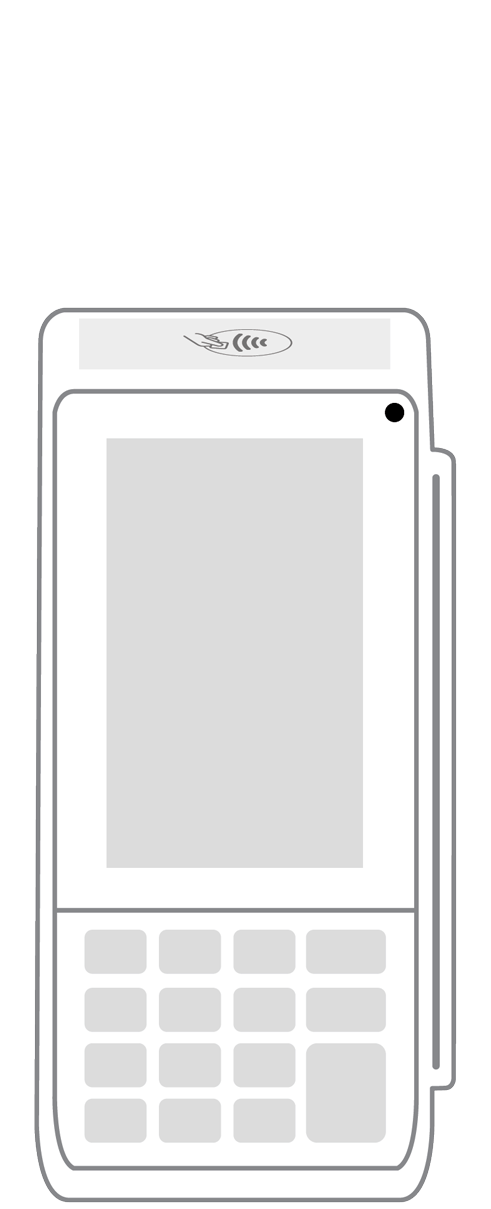How the shopping habits of different generations are being affected by COVID-19.

Millennials.
Millennials, the generation born between 1980 and 1994, are contending with many sources of stress during the pandemic. They are focused not only on keeping themselves and their families healthy, but also on caring for both children and older parents while simultaneously attempting to keep their own careers afloat during unprecedented, difficult conditions. Add to that the stress of food security, loss of health coverage, and even homelessness that many millennials are suffering, and it is no wonder that their shopping habits are affected.
- More than half of the millennials surveyed recognize that COVID-19 has had a market effect on their shopping behaviors.
- More than one-third are limiting their shopping trips, with 30 percent relying more often on ecommerce sites.
- More than one-third also recognize that what they hear on the news is affecting where they shop and how much they spend.
- Given today’s financial constraints, it is no surprise that 40 percent of millennials are being more frugal when it comes to shopping, although some were both proactive and prescient, making additional purchases to prepare for the effects of the pandemic.
- Contrary to the way they are commonly portrayed in media reports, more than half of the millennials surveyed are quite worried about contracting COVID-19.
Baby boomers.
Born in the post-war years between 1946 and 1964, this generation has survived and thrived as economic conditions, culture, and technology have been radically transformed. Due to their resilience through adversity, many members of this generation are not as concerned as other groups about catching COVID-19, in spite of the fact that increased age, combined with the existence of underlying health conditions often results in them being at higher risk of contracting, becoming ill, or even dying from the coronavirus. Even so, many boomers are demonstrably concerned about the health of their own aging relatives as well as their children and grandkids, including their health and financial welfare.
- Only 43 percent of boomers are concerned about becoming ill with the virus in spite of their increased vulnerability.
- Only 20 percent have modified their shopping habits, with just over one-fifth of those surveyed electing to limit their visits to stores.
- A scant eight percent have chosen to do their shopping via the internet in spite of the convenience this method of commerce provides. Possibly, concerns about credit card security may be contributing to this low number.
- Even so, one-third of boomers have altered the types of products they buy. In the past few months, essential goods such as disinfectants, paper products, and pet supplies have become limited and hard to find. This may result in intentional purchasing of these necessary goods when supplies are available.
- Buying online and picking up products in-store (often at curbside) has proven to be a popular, contactless way for boomers to safely get the products and services they need.
- A similar majority of boomers have come to rely more on delivery services to bring the products they purchase to their door, saving them a trip to the store, and reducing their chances of exposure to the coronavirus.
Generation X.
Born between 1965 and 1979, this cohort of adults is often called the “latchkey generation” because they learned to rely on themselves at home after school at a young age while their parents worked. Forced to juggle multiple responsibilities, many of them are now simultaneously bringing up their children and caring for older parents. Financial, health, and housing concerns can further increase the stress level of this generation.
- Almost half, 42 percent, have changed their purchasing decisions because of the altered landscape that COVID-19 has brought about. For one thing, increased reliance on the internet for shopping, work, and school has prompted many Gen Xers to invest in updated computer equipment. Those who own small businesses have had no choice but to inject funds into their enterprises to allow for infection control, social distancing, and contactless customer service.
- About a third of Gen Xers also recognize that their online spending has been impacted by the virus.
- To that end, nearly 70 percent have come to rely on the internet when buying the essential goods they may once have traveled to a brick-and-mortar store to purchase.
Generation Z.
Generation Z members, often called zoomers, were born between 1995 and 2012. Although their youth makes them at lower risk for becoming gravely ill or dying from COVID-19, this group of people remains stressed due to the numerous changes and upheaval that the pandemic has brought about in their lives. Many have missed important milestones such as graduations, awards ceremonies, and weddings due to the pandemic, and a good portion are also concerned about the well-being of their older relatives. Those who lived in dormitories or other types of university housing may have had to return to their parents’ homes when their schools closed down, and many zoomers who had found employment in the gig economy are also struggling with financial worries, and the fear of eviction.
- In light of these worries, it’s no wonder that almost half of Gen Zers say that the pandemic has had an impact on what products they buy, how much they spend, and how often.
- For many in this generation, online shopping was already their buying method of choice. Even so, almost one-third stated that the pandemic has affected the amount of money they spend on ecommerce.
- Like their older counterparts, zoomers have come to recognize that the internet can be an excellent and convenient source for essential goods. Therefore, it is no wonder that nearly three-fourths of zoomers have come to rely on ecommerce retailers to meet their essential product needs.
Embed This Infographic
Copy and paste the code below to get this infographic onto your website or blog.
More from Business tips
 3-in-1 Reader |  Terminal |  Keypad |  PINPad Pro |  Flex |  POS+ | |
|---|---|---|---|---|---|---|
Payment types | ||||||
EMV chip card payments (dip) | ||||||
Contactless payments (tap) | ||||||
Magstripe payments (swipe) | ||||||
PIN debit + EBT | ||||||
Device features | ||||||
Built-in barcode scanner | ||||||
Built-in receipt printer | ||||||
Customer-facing second screen | ||||||
External pinpad | ||||||
Wireless use | ||||||
Network | ||||||
Ethernet connectivity | With dock | |||||
Wifi connectivity | ||||||
4G connectivity | ||||||
Pricing | ||||||
Free Placement | ||||||